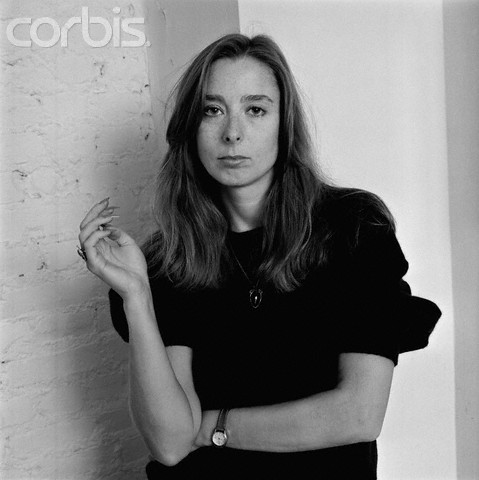Ann Beattie’s writing evokes an idea of the ’70s for me.
I say that because I don’t remember much of the decade itself, but there’s an idea I get about the ’70s; a sort of feeling that makes me think of straight hair parted in the center, fondue pots, and kitchen appliances painted pea-green, orange and chocolate brown.
I don’t know why, but when I think of the ’70s, I also think of depression. Maybe it’s the color schemes I’ve seen in pictures, or the disillusionment
following Watergate, or maybe I somehow think that ’70s represent a post-Summer of Love hangover. But I get a sense of depression from the ’70s in the same way I think of cheesy euphoria when I think of the ’80s. When I look at photos from the ’70s its always hard for me to believe that only 10 years earlier many of these same folks were wearing flannel suits and day dresses. It’s almost like everybody stopped trying.
Now, I know this is not fair or true,
but Beattie’s writing reinforces these ideas for me. I’ve read two of her books this semester, Distortions and Chilly Scenes of Winter. Her writing is bleak and spare. She doesn’t give us more than we need, and, in fact she doesn’t even tell us what people look like. Which is what my essay, below, is about.

